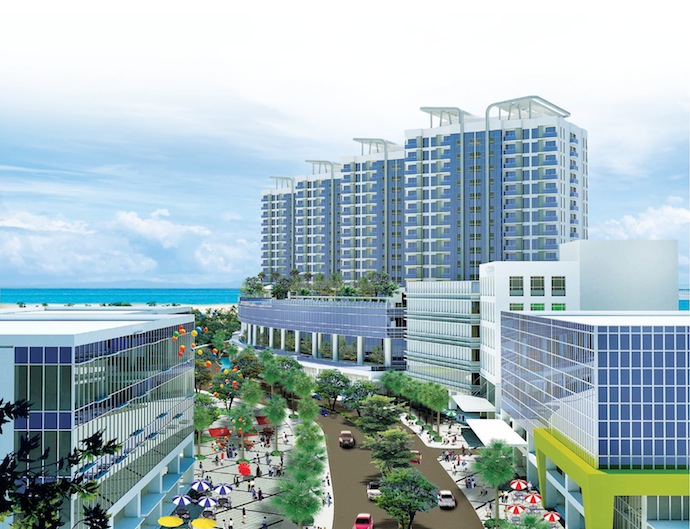
More developers seen going to provinces for township projects
Philippine Daily Inquirer
12:22 AM June 30, 2017
http://business.inquirer.net/
Property consulting firm Colliers International sees property developers embarking on more township projects outside Metro Manila in view of increased demand from households and the revitalized infrastructure projects of the government.
The lack of available office and retail space in Metro Manila is encouraging developers to build townships in provinces such as Cavite in southern Luzon and Pampanga in northern Luzon, Colliers noted.
In an interview yesterday, Colliers research manager Joey Bondoc said the vacancy rates in the office property segment were 13 percent of existing available space in Quezon City; 3 percent, Fort Bonifacio, and 1 percent in Makati.
“We expect them to go north of Metro Manila, and build more townships and office space in Bulacan and Pampanga and also, in Cavite and Laguna in the south,” Bondoc said.
Overall, Bondoc said that with the growing disposable income of Filipinos driven by remittances and the business process outsourcing (BPO) industry, a lot of malls were expected to branch out in the provinces.
“Colliers believes that the Duterte administration’s decentralization thrust anchored on the implementation of major public infrastructure projects should entice developers to aggressively pursue integrated communities outside Metro Manila,” Colliers said in a press statement.
Meanwhile, while land inventory for development within the metropolis is getting scarce, Bondoc said parcels of donated land in the Ortigas and Pasig areas might be made available for “reacquisition.” He was referring to pieces of land donated by developers to the government in the past but which they might have the option to reacquire.
“Some developers have donated parcels of land to certain government agencies, and we recommend to them to visit the option of reacquiring those properties. Even if these pieces of land cost much higher now, they would still be able to realize higher returns,” he said.
The value of the donated land is seen appreciating by about 10 to 15 percent annually, depending on the location.
“If (the government) believes it needs to raise additional revenues aside from the additional taxes that will (be raised) under the tax reform program, then it should consider the option of bidding out these properties,” Bondoc said.









